What Makes Island Cooking So Unique? Author Von Diaz Explains
Her new book ‘Islas’ celebrates the resilience and ingenuity of cuisines spanning the Indian, Atlantic, and Pacific Oceans.
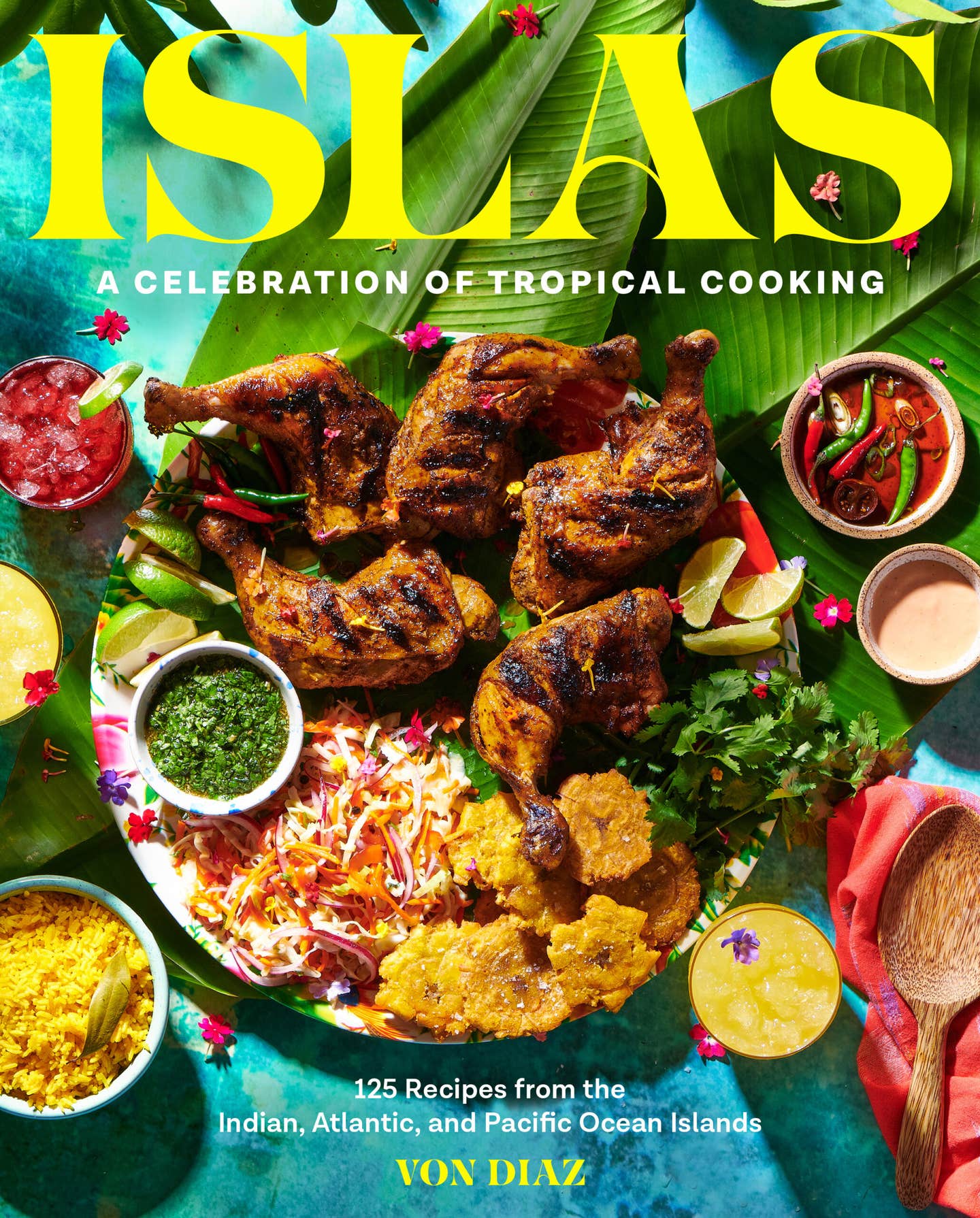
This interview is brought to you by the SAVEUR Cookbook Club, our passionate community of food-loving readers from around the globe celebrating our favorite authors and recipes. Join us as we cook through a new book every month, and share your food pics and vids on social media with the hashtags #SAVEURCookbookClub and #EatTheWorld.
Through her work in radio, print, and video journalism, Von Diaz uncovers stories that span great swaths of cultural and culinary history. In her first book, Coconuts and Collards, which honored her roots in Puerto Rico and the American South, she found connections through cuisine and compelling personal narrative. In her latest book, Islas: A Celebration of Tropical Cooking, she widens her lens to explore the fundamentals of island cooking. Organized by the techniques that ensure survival and preserve tradition across six island nations across the Indian, Atlantic, and Pacific Oceans, Islas offers lessons on what it means to cook on the brink of climate collapse, and how to maintain and celebrate community in every meal.
During our conversation from her home in Durham, North Carolina, I learned about how Diaz sees her work in food as part of a broader life in service, how she uses methodologies from across her career to find recipes and stories, and the responsibility she feels to honor the history and culture of every single dish.
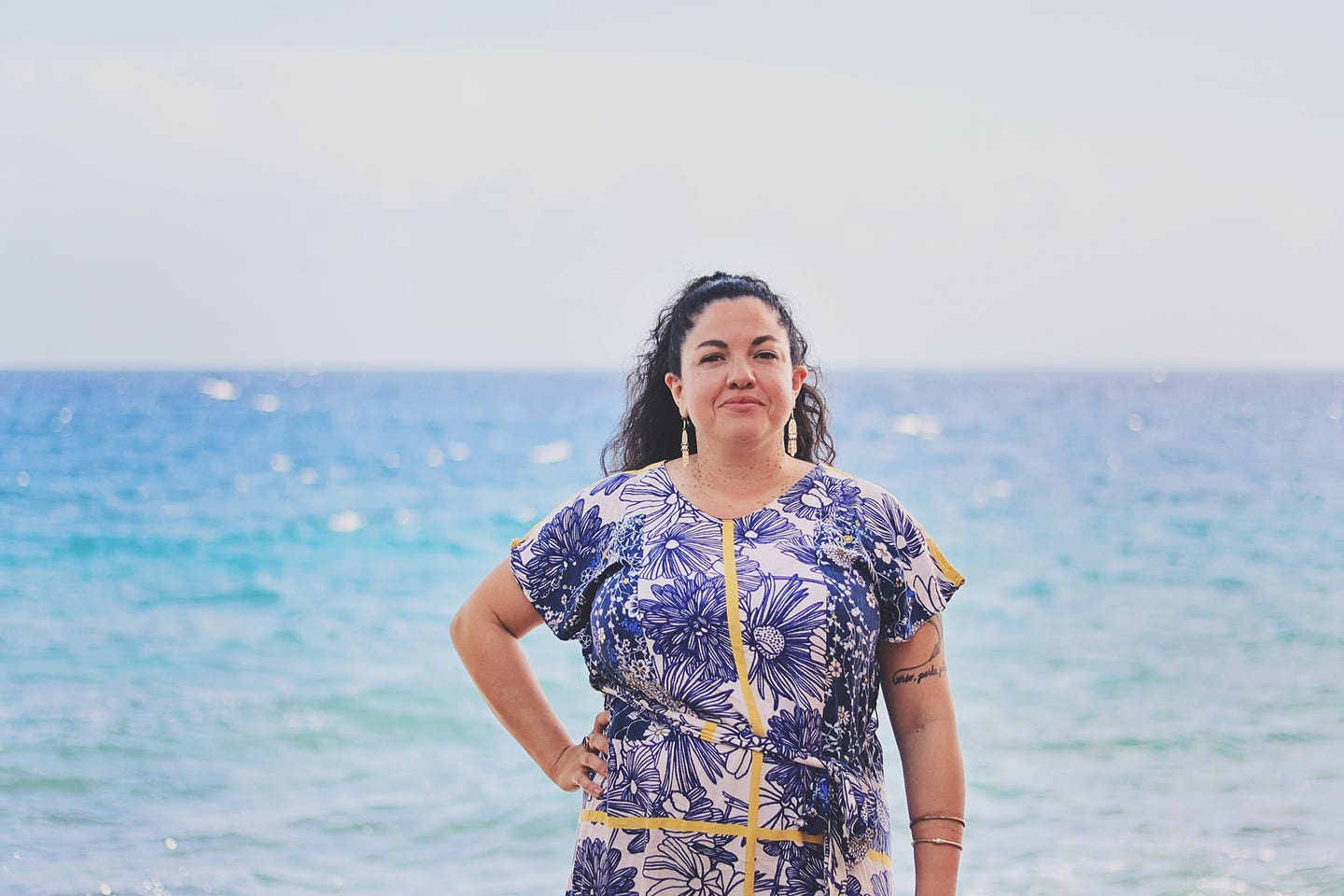
Jessica Carbone: How did you structure your research process, especially when you couldn’t be on location?
Von Diaz: In my original proposal, I wanted to go everywhere. But because of the pandemic, I shifted to research half of the places in person—Curaçao, Puerto Rico, and the Seychelles—and half remotely. But I found amazing people to collaborate with who were of the places in the book. During my remote research on Guam, I found Cami Egurrola, who became our travel photographer, in dialogue with Lauren Vied Allen, one of the best food photographers working today. Then I had two recipe developers who acted as palate experts: Brigid Washington on the Caribbean and Jenn de la Vega on Southeast Asia, and many more. I knew if I had a team of talented people that I could trust, it was going to turn out well. The research itself was hugely influenced by my work in radio and as an oral historian, a methodology that is slow by design. The very first phone call I made for Islas was to Juanita Blaz in Guam, and we ended up talking for almost two hours about her community garden. The importance that she placed on ancestry and tradition was exactly what I was looking for, stories from folks who are keeping the cuisine alive. Calls like that are how I found people like Josefine Martina in Curaçao, who runs her business off Facebook, and Perline Ernestine in Madagascar, paving the way for women of her tribe in politics. They’re such remarkable people.
You capture so many global traditions in this book. How did you decide what recipes to include?
Ultimately I filled the book with things I wanted to eat. But even the dishes I didn’t include challenged me to think about how to describe things, not so easy when you’re working with ancestral recipes. The original makers of a dish from Madagascar might have spoken a dialect that was later translated into French and then into English, and then eventually spoken aloud to me. So how do I then describe that to readers? Other dishes are all about place. To make laplap, the national dish of Vanuatu, you need hot volcanic rocks, banana leaves, and coconuts, and it’s traditionally eaten sitting on the ground with your hands. You can’t make that dish without seeing its connection to the island’s Indigenous ancestry; the community literally gathers on the ground. Each dish presented its own challenges and history.
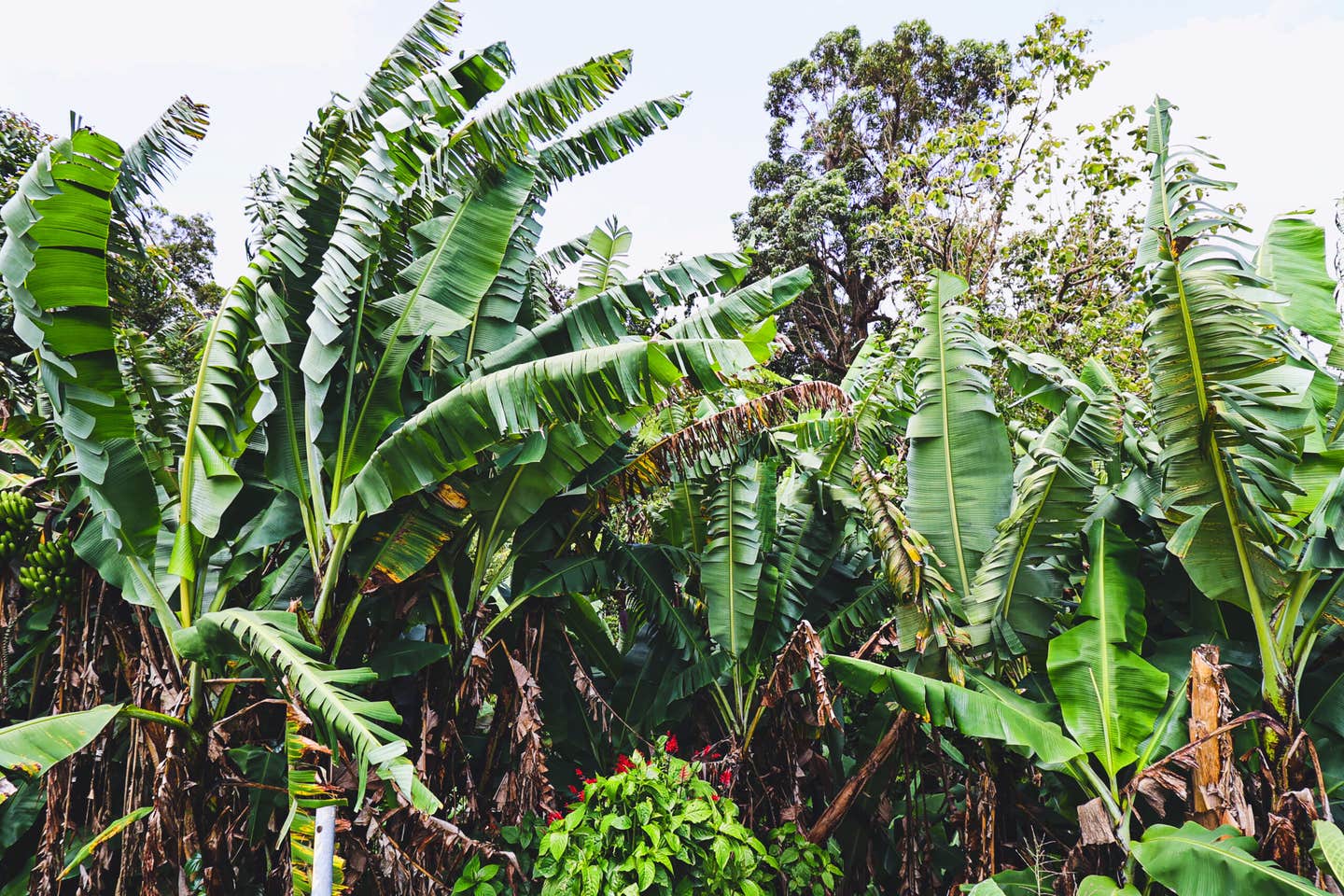
You note that “rarely does the reality of the island match the postcard.” Can food be an entry point to that reality?
When I talk about Islas, most people start by telling me where they’ve been, which reinforces the difference between the reality and the postcard. Tourism is an incredibly meaningful industry for the tropics, but it’s a double-edged sword, because when tourists arrive, they don’t act the way they do at home. But without tourism, these places would really struggle. I personally have a tremendous wanderlust, and I know people will continue going to islands. So if people start talking about vacations, I usually ask them: “What did you eat there? What did you see? What do you remember?” And I’ve found that once you start talking about what people have eaten, you can make inroads on other topics.
Were there any standout dishes or ingredients that you found especially joyful?
First, acids, vinegars, citruses. After this book, I have 10 different vinegars in my house: palm, coconut, you name it. Even just a splash of an acid, or a squeeze of lemon or clementine, will bring your food into balance, and take it in a cool new direction. Second is chiles: I played with a lot of hot peppers for this book, and I found them delightful. In terms of dishes I loved, the Filipino barbecue skewers are just amazing. Made with pork belly marinated in pineapple, chiles, and 7Up, it reminds me of so many Puerto Rican meat skewers, with spicy elements and a beautiful crispy finish.
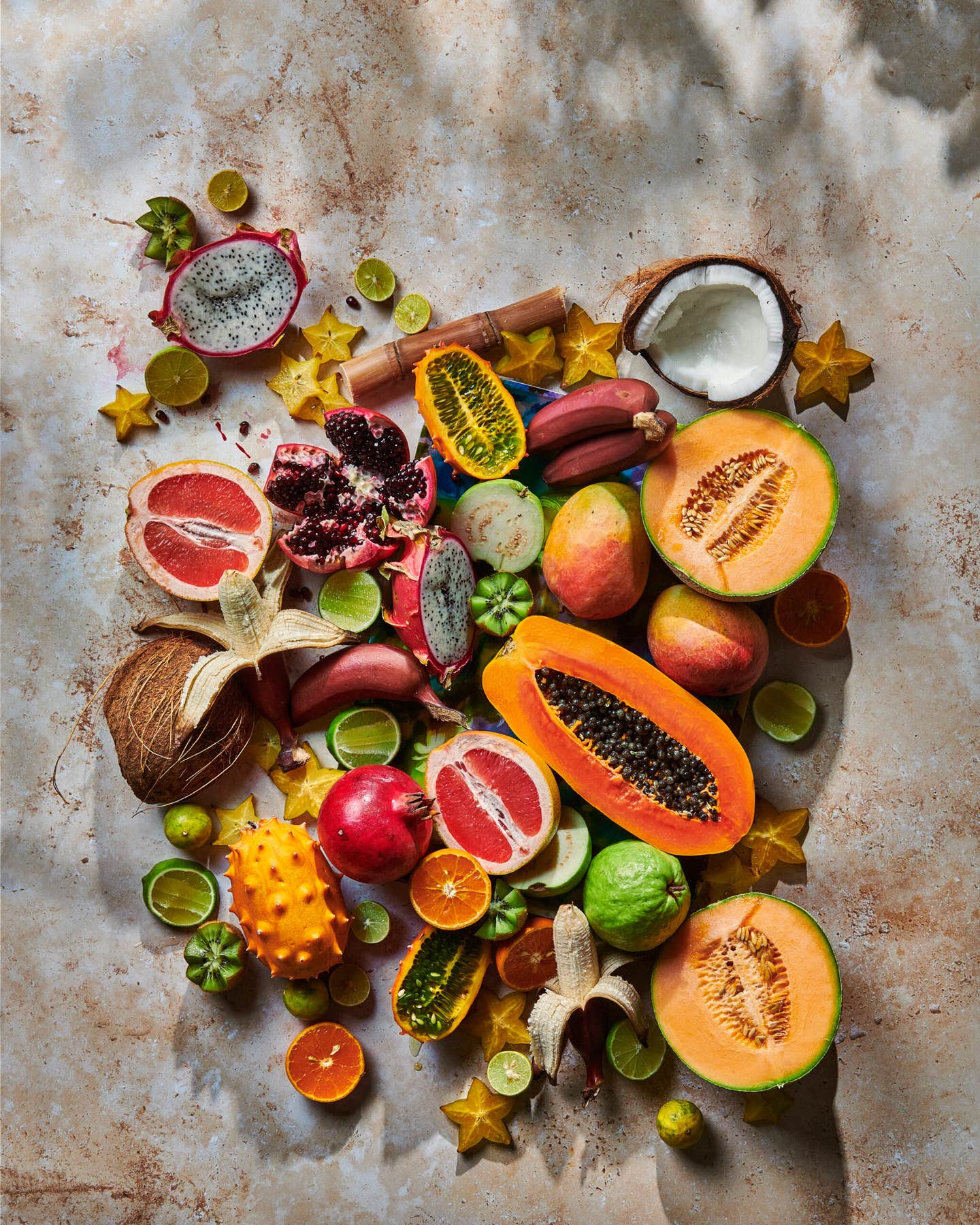
How do islanders deal with sourcing, especially of ingredients that are not locally grown?
On every island on this planet, the majority of people’s nourishment comes from imported shelf-stable foods. But it underscores that islanders are creative and resilient, and tremendous survivors. The storms are coming—it’s not if, but when—and preparing what you have and finding a way to make it delicious is critical to survival. Marinating proteins with aromatics, or pickling to preserve a harvest, or grilling and smoking over open fire… these techniques enable all of us, not just islanders, to survive. For islanders, too, keeping ancestors alive through their food also ensures that the wisdom and the lessons aren’t lost along the way.
You say that for islanders, grilling and cooking with open fire and smoke requires “respect.” What does that mean?
When you start thinking like a person with limited resources, every stick and log becomes precious. It’s not like when you light your gas or charcoal grill; when you’re working with open fire, if you let it burn too quickly, you’ll waste it. The experience of cooking this way is so vibrant—just as you turn your stove up and down to change the heat, you can do the same thing with fire or coals, and play with smoke as a flavor element. The whole process connects me to my most human self: I have food to prepare, these are my tools, these are my resources. I came away from this project with a profound respect for what it takes to make food delicious when you don't have much to work with.
In dishes like giambo from Curaçao and fried yams from the Maldives, did you see any parallels to your childhood in the American South?
I’m only starting to fully appreciate the power of migration, how ingredients and techniques, both for cooking and cultivation, travel the world, in people’s hands. Living in the South, I felt like I understood the region’s relationship to West Africa and the Caribbean, but I didn’t know how many stories there were like this across the globe. Rice and coconuts have crossed the globe because they grow in tropical environments and travel well. But the culture travels too: you see West African akra (black-eyed pea fritters) all over Brazil. Thyme is a key ingredient in Jamaican jerk, because anywhere the British colonized, you’ll find thyme. It’s exciting to discover all the ways you can see the same idea for a dish in multiple places, and it suggests that no matter where we live, what sustains and nourishes us is at the core of what we eat.
This interview has been edited and condensed for clarity.
Recipes
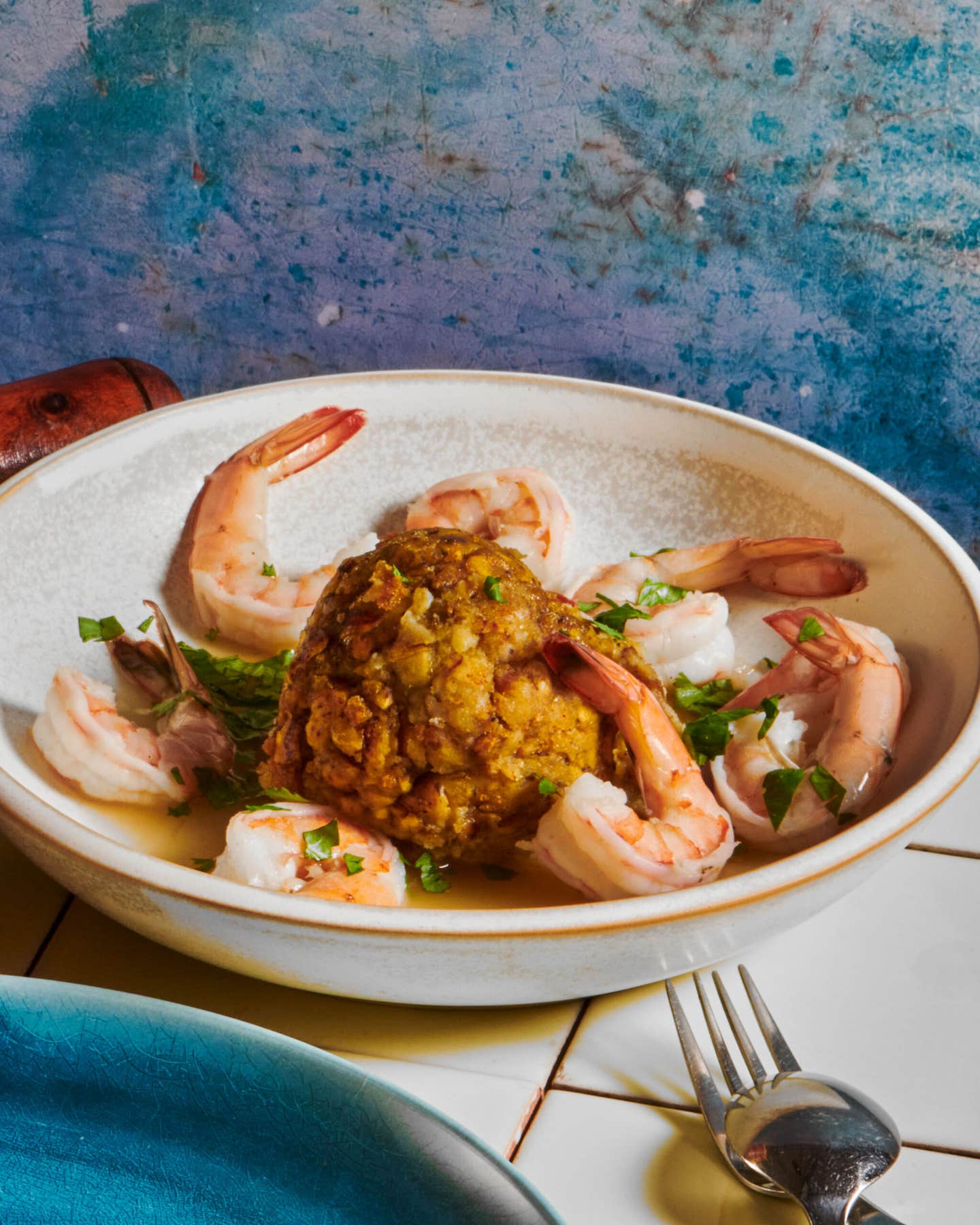
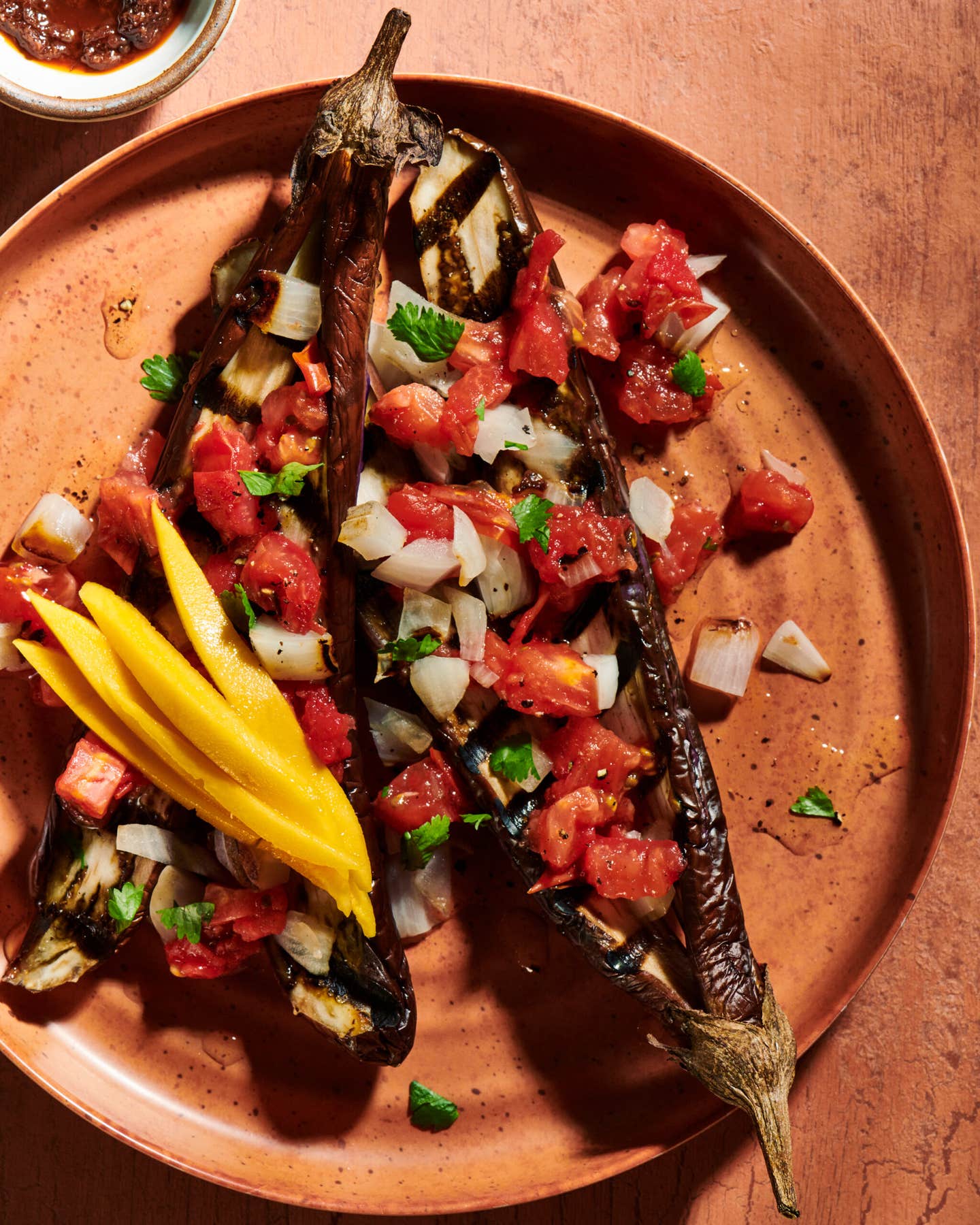
Keep Reading
Continue to Next Story










